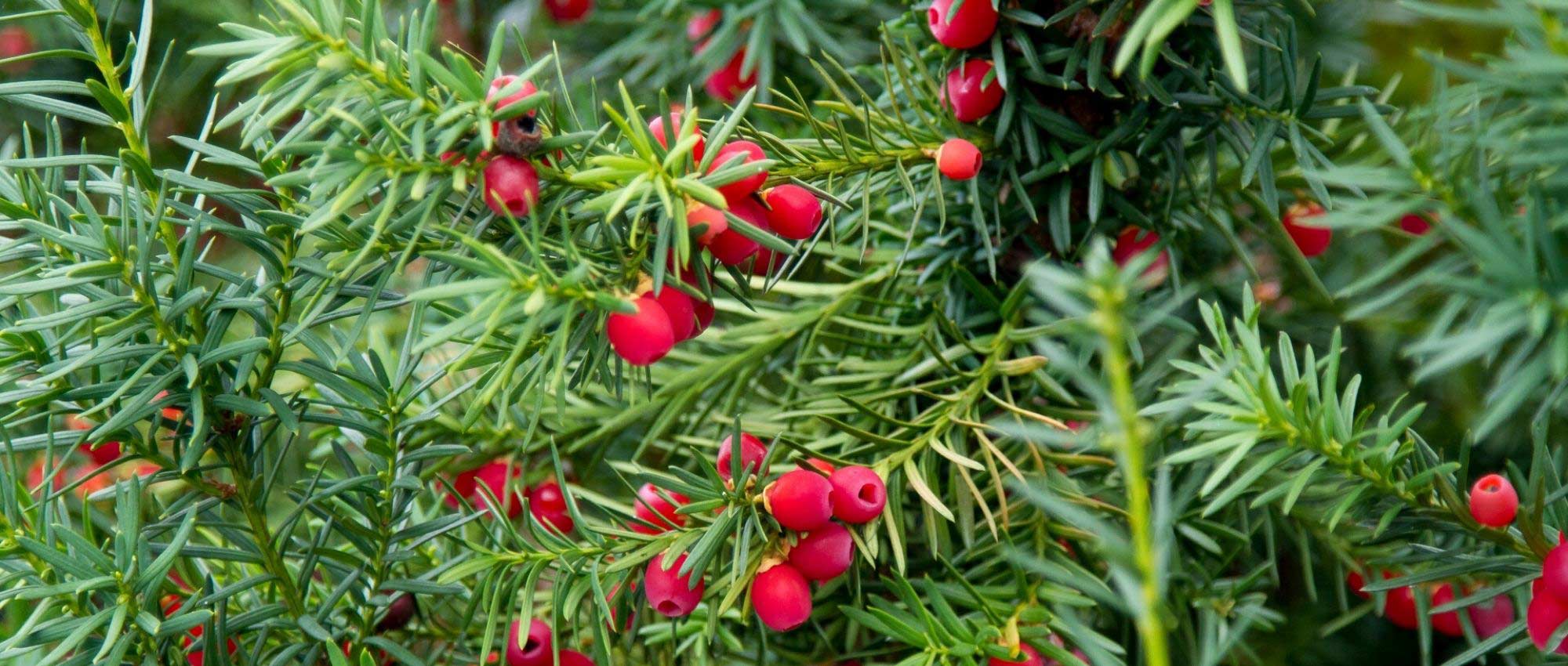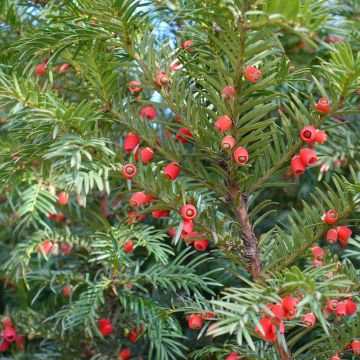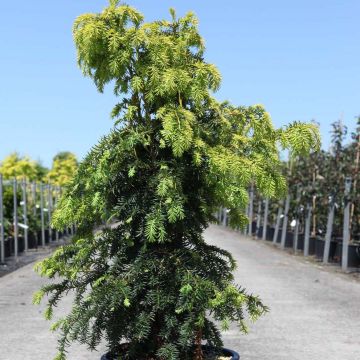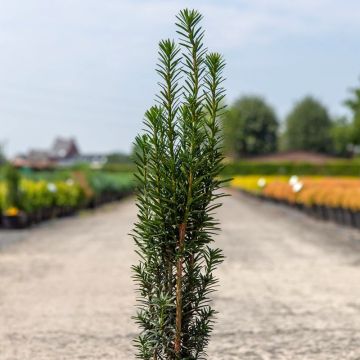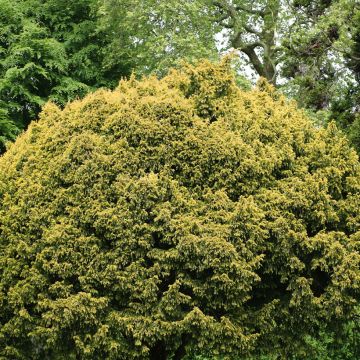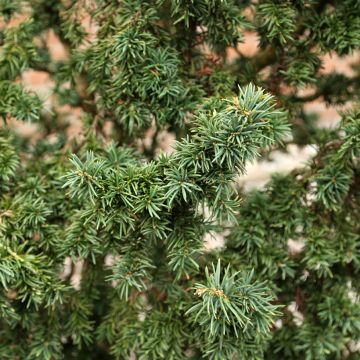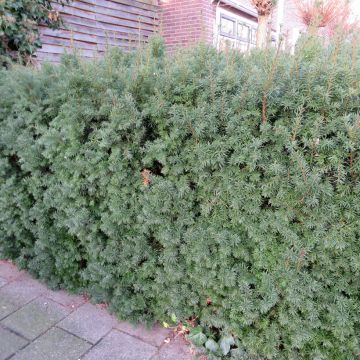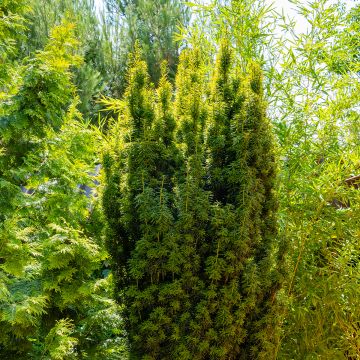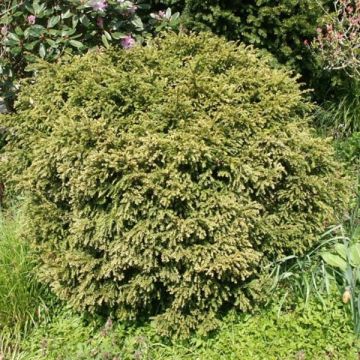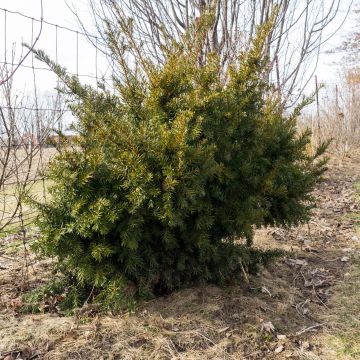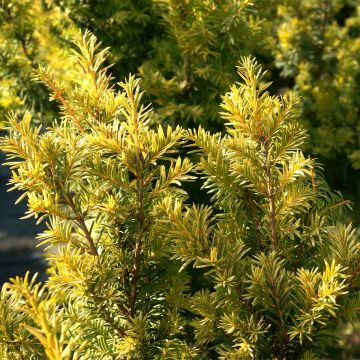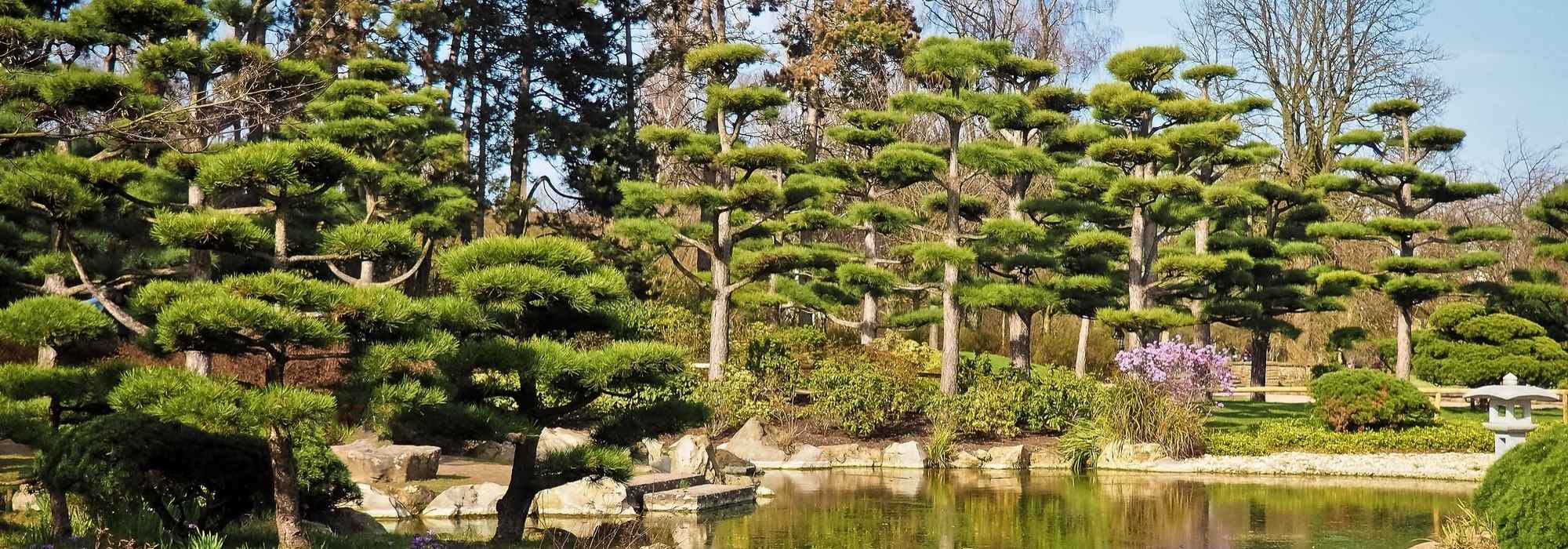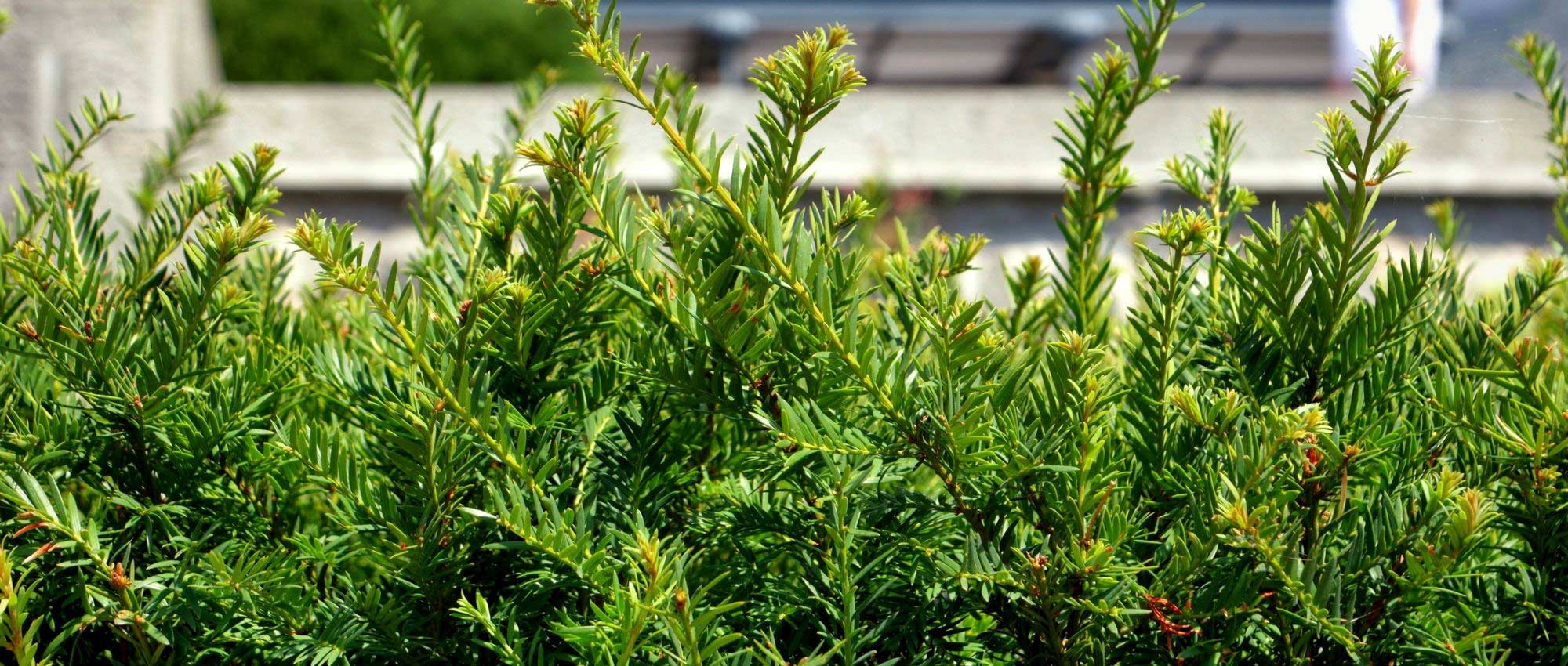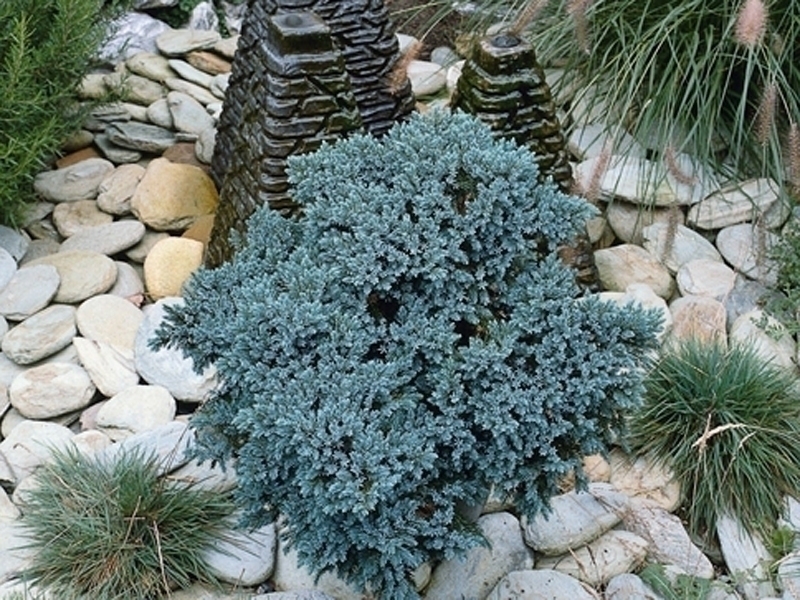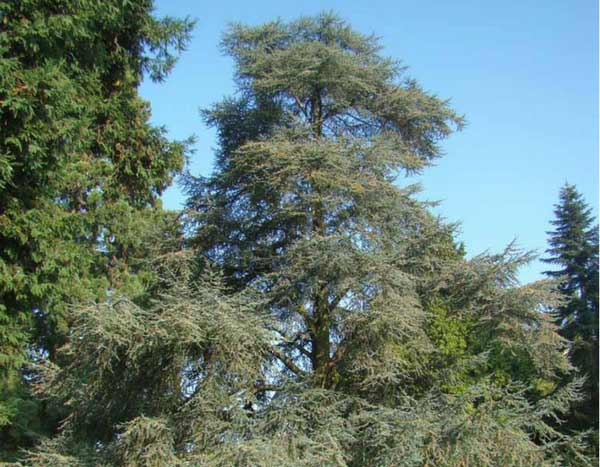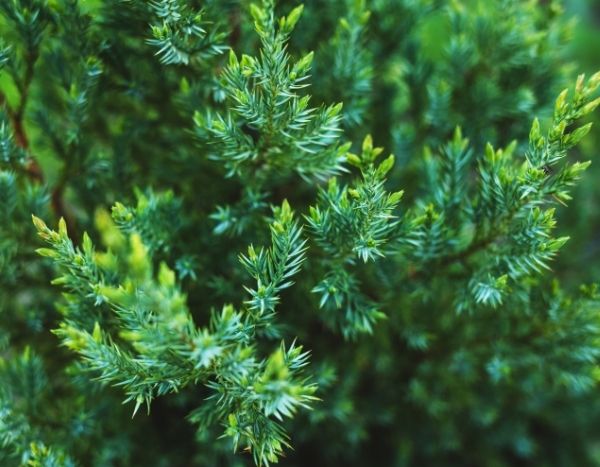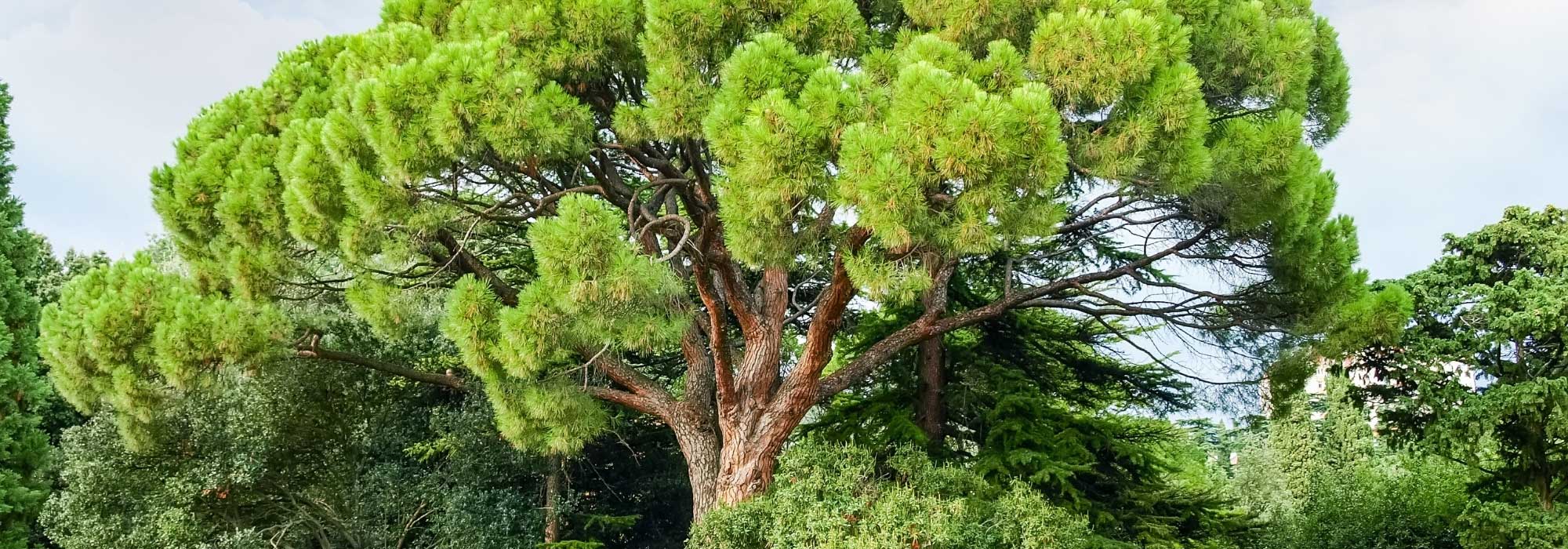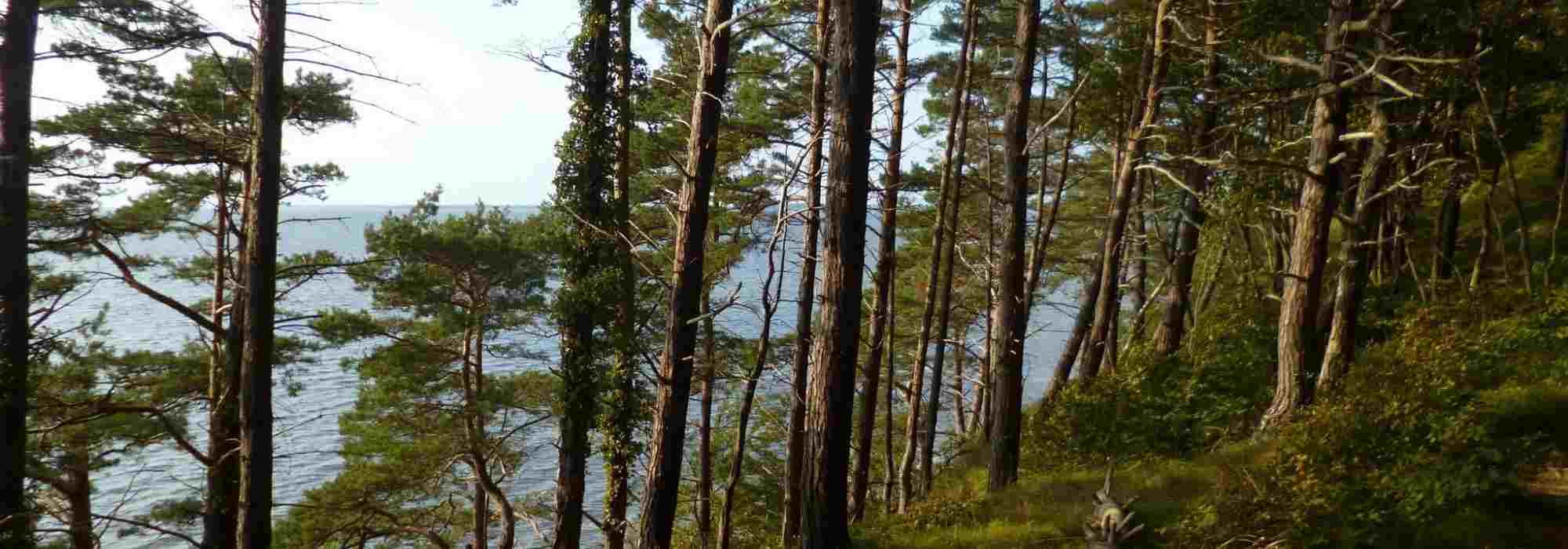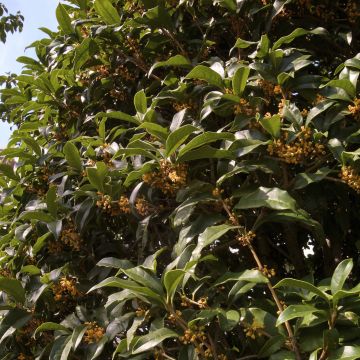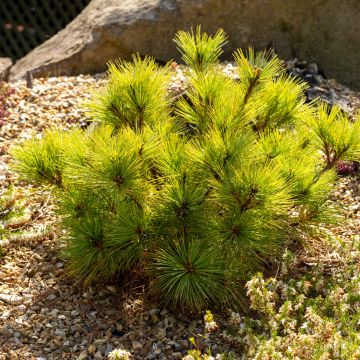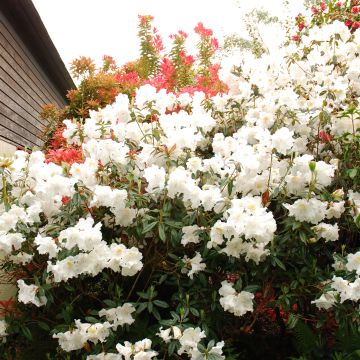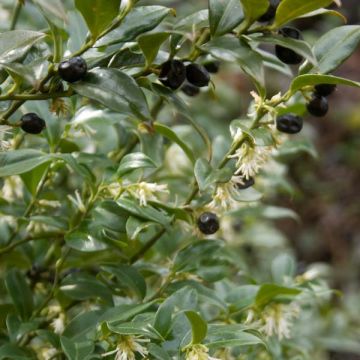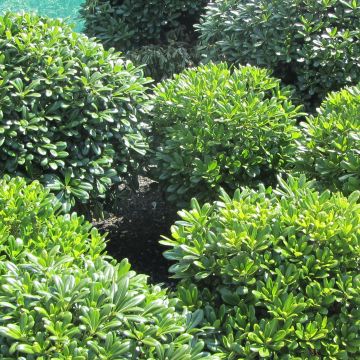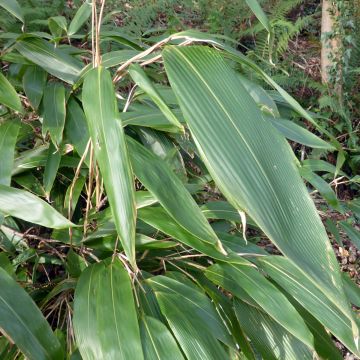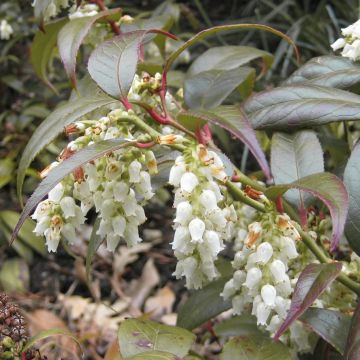

Taxus media Hillii - Yew
Taxus media Hillii - Yew
Taxus x media Hillii
Anglo-Japanese Yew, Hybrid Yew
Special offer!
Receive a €20 voucher for any order over €90 (excluding delivery costs, credit notes, and plastic-free options)!
1- Add your favorite plants to your cart.
2- Once you have reached €90, confirm your order (you can even choose the delivery date!).
3- As soon as your order is shipped, you will receive an email containing your voucher code, valid for 3 months (90 days).
Your voucher is unique and can only be used once, for any order with a minimum value of €20, excluding delivery costs.
Can be combined with other current offers, non-divisible and non-refundable.
Home or relay delivery (depending on size and destination)
Schedule delivery date,
and select date in basket
This plant carries a 24 months recovery warranty
More information
We guarantee the quality of our plants for a full growing cycle, and will replace at our expense any plant that fails to recover under normal climatic and planting conditions.
Does this plant fit my garden?
Set up your Plantfit profile →
Description
Taxus x media 'Hillii' is a horticultural hybrid yew, particularly interesting for creating a narrow hedge of medium height, structuring a garden, or being shaped into topiary. Planted not far from its female counterpart, Taxus media 'Hicksii', this male cultivar will allow it to produce its beautiful red berries, which are decorative in late summer against its lush green foliage. It is a visually striking evergreen conifer with its columnar and dense habit and soft persistent foliage, which also has the advantage of growing quite quickly for a yew. Hardy and adaptable to different soils and climates, it has a place in every garden. It is also often used in bonsai.
Very present in the oldest European gardens and parks, yews sometimes observe us for hundreds of years. Their longevity and slow growth are indeed legendary, and these trees can live well over a century. Taxus x media is the result of a cross between Taxus baccata (common yew) and Taxus cuspidata, a Japanese yew tolerant of shade and drought, and with a faster growth rate. All these plants belong to the Taxodiaceae family, just like Cryptomerias and Metasequoias.
The 'Hillii' yew was selected by D. Hill in the USA before 1914. This shrub will not exceed 3m in height and 1.50m (4ft 11in) in width at an advanced age. Its habit, initially very columnar, becomes more conical as it ages, while remaining very narrow. Its multiple, long, and fastigiate branches allow for the formation of a fairly dense network that does not become bare at the base. Covered with veined spines of a beautiful dark green colour, shiny, tapered at the pointed end, but soft to the touch, it is adorned with a thick and regular persistent coat. It thus brings a presence throughout the seasons and often constitutes the backbone of the garden. The yew is a dioecious tree: separate individuals bear either male or female flowers. Thus, the red berries, very ornamental, appear after a discreet flowering only on the female plants.
The possibilities offered by yews are endless. They enclose, shape, and sculpt spaces, thanks to their always green and flawless "fur". The 'Hillii' variety will find its place in all gardens, even the smallest, from the North to the South of our country, and will adapt to all fantasies and styles: strict, whimsical, or poetic. And this is even more true as this hybrid yew is not only very hardy but also accepts all types of soil: ordinary, slightly acidic or chalky, moist or dry. It is not afraid of wind and can be an excellent windbreak, alone or accompanied by evergreen hedge shrubs that are just as frugal (Eleagnus, cotoneaster, compact Chamaecyparis and junipers, Photinia, compact strawberry tree...). It only needs to be pruned twice a year and will manage to regenerate after a severe cut by shooting through the old wood. Indifferent to exposure, it can even be planted in shade. If you want to keep it near entrances, it is also suitable for container cultivation.
In France, impressive specimens can be admired. Yews are sometimes relegated to cemeteries or near churches for symbolic reasons (considered to be the link between heaven and earth), but also to prevent herds from consuming them. The needles, bark, and fruits are indeed toxic to humans and animals (except for birds, which consume the berries and reject the seeds).
Taxus media Hillii - Yew in pictures




Plant habit
Foliage
Safety measures
Botanical data
Taxus
x media
Hillii
Taxaceae
Anglo-Japanese Yew, Hybrid Yew
Cultivar or hybrid
ingestion
Cette plante est toxique si elle est ingérée volontairement ou involontairement.
Ne la plantez pas là où de jeunes enfants peuvent évoluer, et lavez-vous les mains après l'avoir manipulée.
Pensez à conserver l'étiquette de la plante, à la photographier ou à noter son nom, afin de faciliter le travail des professionnels de santé.
Davantage d'informations sur https://plantes-risque.info
Other Taxus - Yew
View all →Planting and care
The Taxus x media 'Hillii' is not really demanding, and it is undoubtedly one of its most beautiful qualities. It thrives in full sun or partial shade, even in shade in hot climates, in well-prepared ordinary soil at planting, slightly chalky or acidic, moist to dry in summer. It easily adapts to all our climates and all our soils. It is pruned twice a year, in spring and autumn (the latter allowing for readjustment of the former) in April and August (depending on your climate).
Planting period
Intended location
Care
Planting & care advice
This item has not been reviewed yet - be the first to leave a review about it.
Similar products
Haven't found what you were looking for?
Hardiness is the lowest winter temperature a plant can endure without suffering serious damage or even dying. However, hardiness is affected by location (a sheltered area, such as a patio), protection (winter cover) and soil type (hardiness is improved by well-drained soil).

Photo Sharing Terms & Conditions
In order to encourage gardeners to interact and share their experiences, Promesse de fleurs offers various media enabling content to be uploaded onto its Site - in particular via the ‘Photo sharing’ module.
The User agrees to refrain from:
- Posting any content that is illegal, prejudicial, insulting, racist, inciteful to hatred, revisionist, contrary to public decency, that infringes on privacy or on the privacy rights of third parties, in particular the publicity rights of persons and goods, intellectual property rights, or the right to privacy.
- Submitting content on behalf of a third party;
- Impersonate the identity of a third party and/or publish any personal information about a third party;
In general, the User undertakes to refrain from any unethical behaviour.
All Content (in particular text, comments, files, images, photos, videos, creative works, etc.), which may be subject to property or intellectual property rights, image or other private rights, shall remain the property of the User, subject to the limited rights granted by the terms of the licence granted by Promesse de fleurs as stated below. Users are at liberty to publish or not to publish such Content on the Site, notably via the ‘Photo Sharing’ facility, and accept that this Content shall be made public and freely accessible, notably on the Internet.
Users further acknowledge, undertake to have ,and guarantee that they hold all necessary rights and permissions to publish such material on the Site, in particular with regard to the legislation in force pertaining to any privacy, property, intellectual property, image, or contractual rights, or rights of any other nature. By publishing such Content on the Site, Users acknowledge accepting full liability as publishers of the Content within the meaning of the law, and grant Promesse de fleurs, free of charge, an inclusive, worldwide licence for the said Content for the entire duration of its publication, including all reproduction, representation, up/downloading, displaying, performing, transmission, and storage rights.
Users also grant permission for their name to be linked to the Content and accept that this link may not always be made available.
By engaging in posting material, Users consent to their Content becoming automatically accessible on the Internet, in particular on other sites and/or blogs and/or web pages of the Promesse de fleurs site, including in particular social pages and the Promesse de fleurs catalogue.
Users may secure the removal of entrusted content free of charge by issuing a simple request via our contact form.
The flowering period indicated on our website applies to countries and regions located in USDA zone 8 (France, the United Kingdom, Ireland, the Netherlands, etc.)
It will vary according to where you live:
- In zones 9 to 10 (Italy, Spain, Greece, etc.), flowering will occur about 2 to 4 weeks earlier.
- In zones 6 to 7 (Germany, Poland, Slovenia, and lower mountainous regions), flowering will be delayed by 2 to 3 weeks.
- In zone 5 (Central Europe, Scandinavia), blooming will be delayed by 3 to 5 weeks.
In temperate climates, pruning of spring-flowering shrubs (forsythia, spireas, etc.) should be done just after flowering.
Pruning of summer-flowering shrubs (Indian Lilac, Perovskia, etc.) can be done in winter or spring.
In cold regions as well as with frost-sensitive plants, avoid pruning too early when severe frosts may still occur.
The planting period indicated on our website applies to countries and regions located in USDA zone 8 (France, United Kingdom, Ireland, Netherlands).
It will vary according to where you live:
- In Mediterranean zones (Marseille, Madrid, Milan, etc.), autumn and winter are the best planting periods.
- In continental zones (Strasbourg, Munich, Vienna, etc.), delay planting by 2 to 3 weeks in spring and bring it forward by 2 to 4 weeks in autumn.
- In mountainous regions (the Alps, Pyrenees, Carpathians, etc.), it is best to plant in late spring (May-June) or late summer (August-September).
The harvesting period indicated on our website applies to countries and regions in USDA zone 8 (France, England, Ireland, the Netherlands).
In colder areas (Scandinavia, Poland, Austria...) fruit and vegetable harvests are likely to be delayed by 3-4 weeks.
In warmer areas (Italy, Spain, Greece, etc.), harvesting will probably take place earlier, depending on weather conditions.
The sowing periods indicated on our website apply to countries and regions within USDA Zone 8 (France, UK, Ireland, Netherlands).
In colder areas (Scandinavia, Poland, Austria...), delay any outdoor sowing by 3-4 weeks, or sow under glass.
In warmer climes (Italy, Spain, Greece, etc.), bring outdoor sowing forward by a few weeks.






























